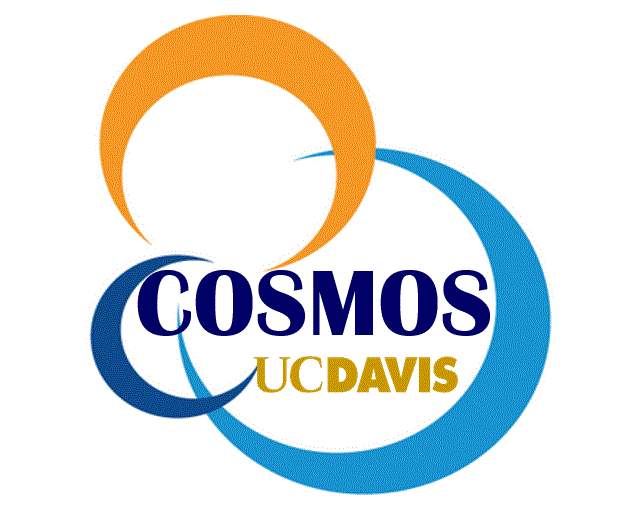Cluster 10 -- Sustainable Transportation
- Instructors: Miguel Jaller, Alan Jenn, Kari Watkins, Dillon Fitch, Susan Handy
- Prerequisites: Algebra II or Equivalent; Physics and Statistics recommended
- Typical Field Trips: Davis Bicycle Network, Unitrans Bus Yard, Vallejo Ferry, mobility providers like Lime and Cruise
Introduction
A sustainable transportation system meets society’s needs for movement while minimizing environmental harms, fostering healthy and equitable communities, and supporting economic growth. This cluster considers the science behind sustainable transportation and examines sustainability in four areas: system design, vehicle technology, public transit, and micro-mobility. In all four courses, we will consider the ways that science can inform policy. Lectures and projects will draw on multiple disciplines, including physics, mechanical engineering, civil engineering, environmental engineering, economics, and statistics.
Core Courses
System Design
California has nearly 400,000 miles of roads, enough to circle the earth 16 times. Engineers are looking for strategies that make better use of existing roads and avert the need for more roads. Questions in this course include: What models can planners use to forecast the volume of driving in the future? What strategies can be used to manage traffic, and what is their effect on greenhouse gas emissions? How does freight transportation differ from passenger transportation, and what happens when the two systems interact? You will get hands-on experience in this course with simulation software used by practitioners around the globe.
Vehicle Technology
In the vehicle technology section, we will investigate critical components of current and future vehicle technologies and the science behind them. We will address questions such as: How do internal combustion engine vehicles work? What is an electric vehicle, and how is it operationally different from a gas car? What are the energy implications of driving with alternative fuels? How do autonomous vehicles work, and what will their impacts be on travel, the environment, and health? How does shared mobility (Uber, Lyft) fit into the system? How will automation, electrification, and shared mobility affect the freight system?
Public Transit
Transit provides mobility to those who cannot or prefer not to drive, thereby enhancing access to jobs, education, and medical services. Transit also reduces gasoline consumption, emissions, and the nation’s carbon footprint. However, from a customer perspective, a mobility choice is only a choice if it is fast, comfortable, and reliable. This course focuses on what makes good transit service as well as different transit modes used across the world. What drives transit ridership? How do new mobility services work with and against old school buses and trains? What technologies do agencies use to understand transit's performance? What will happen to transit in the age of COVID?
Micro-mobility
Bicycles have been an important component of the transportation system for well over a century. New technologies are expanding the usefulness of bicycles, including electric-assist bicycles and bike-sharing systems, and electric skateboards and scooters are expanding travel options yet further. This course focuses on ”micro-mobility” and examines questions such as: What are the operating characteristics of these different modes? What are their infrastructure needs? How can streets be designed to accommodate this mix of modes? What role should these modes play in the larger transportation system? How do these modes support as well as compete with transit?
